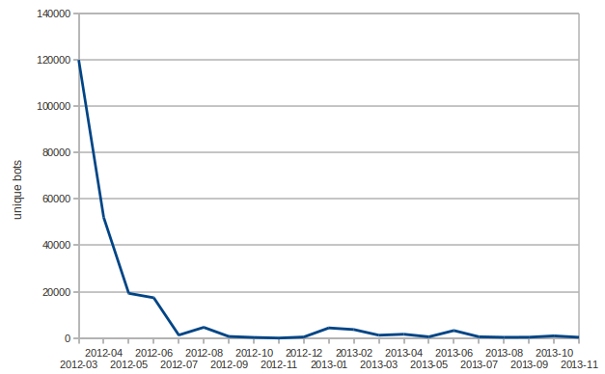
Spam in October 2013
Spam in the spotlight In October, spammers continued to actively use the names of well-known companies to spread malicious ZIP files. We registered several mass mailings offering rather unusual, if not to say exotic, services – love spells, incantations to enhance careers and other forms of white and black magic. There were significantly more mailings













